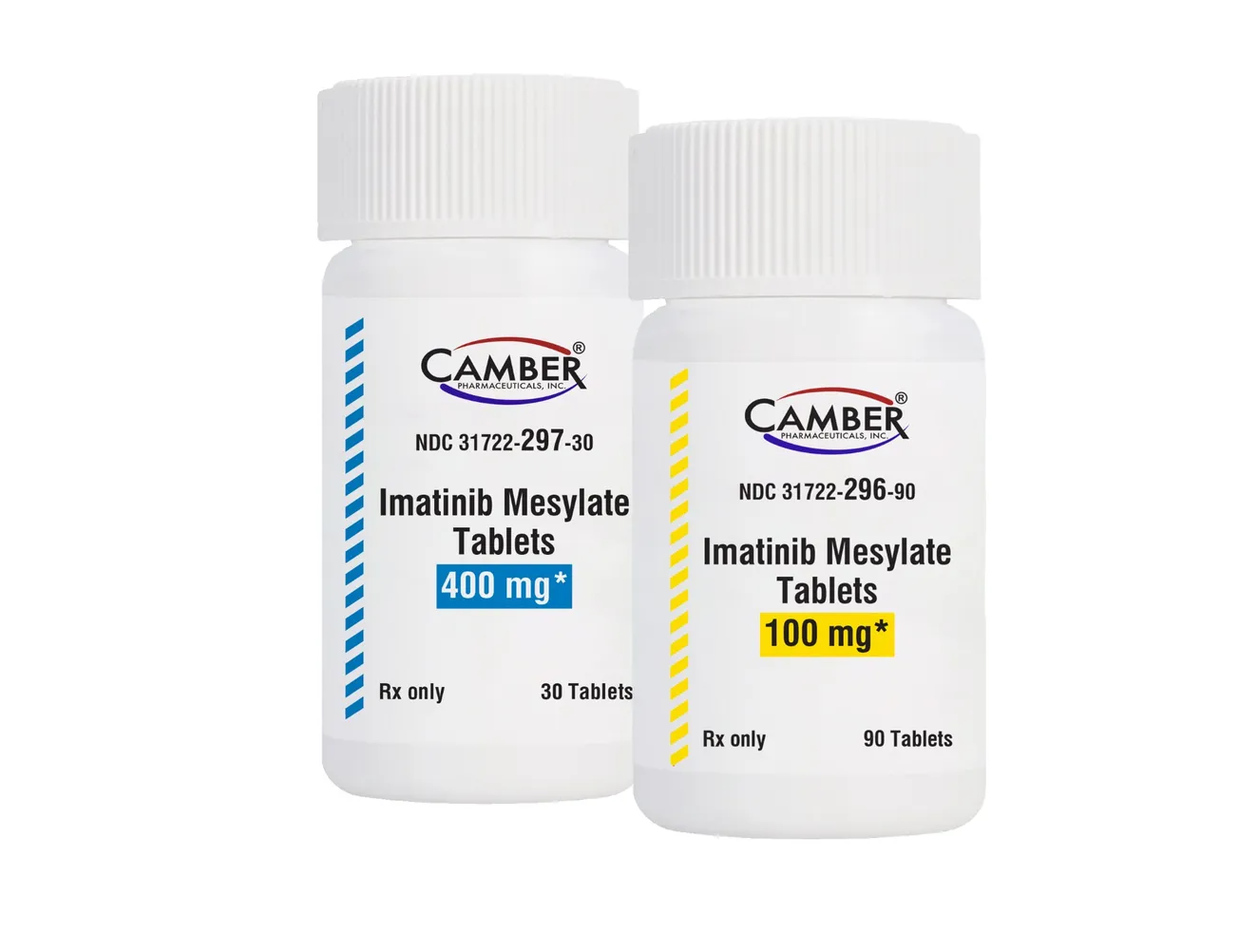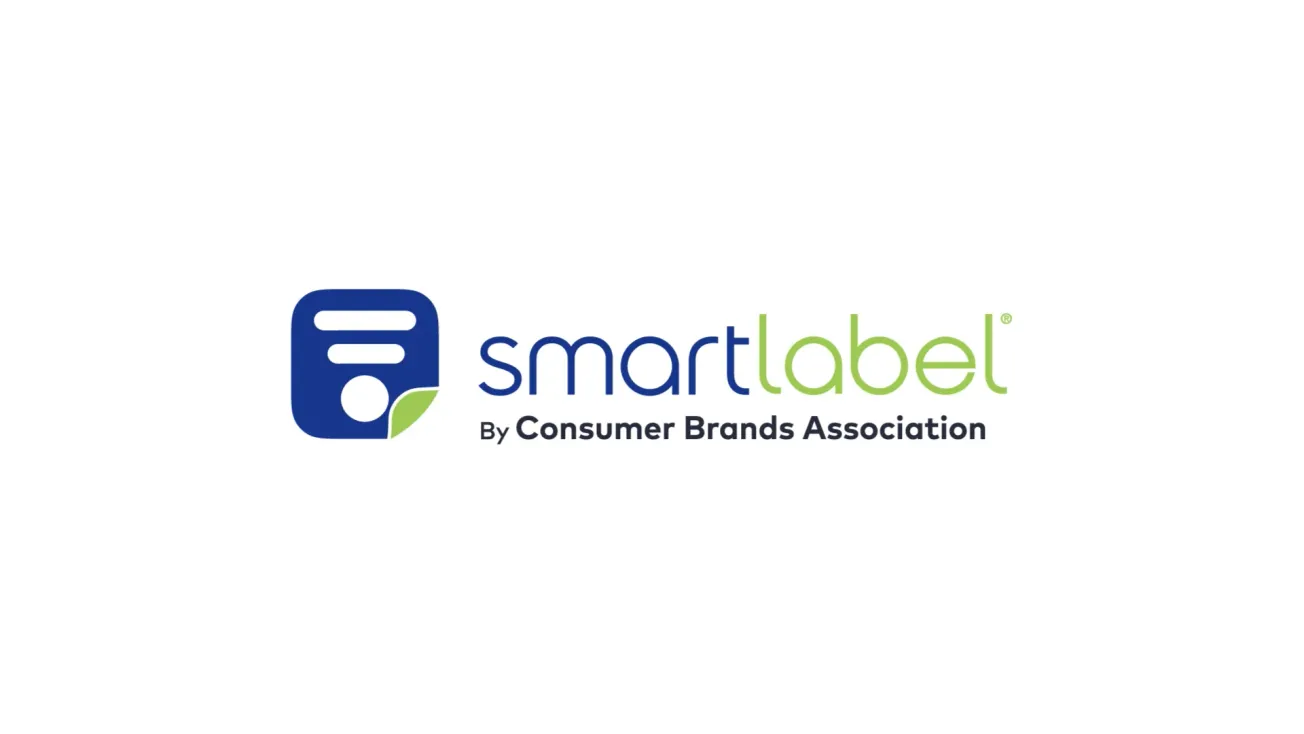IRVING, Texas — As the future of pharmacy technology continues to expand past simple work-flow tools, pharmacies are beginning to shift their focus to implementing solutions that not only help them deliver better patient care but also drive improvements in their clinical, operational, financial and regulatory compliance performance as well.

Systems that fully integrate with each other across all stakeholders can not only improve work-flow communications but also improve overall pharmacy logistics. Use of these technologies can help raise patient adherence rates, lower overall pharmacy costs, improve quality of care, simplify adjudication, improve patient outcomes, and strengthen the pharmacy’s financial performance.
“When leveraging technology systems, a retail pharmacy can have a successful business as well as healthy patients,” said Emilie Ray, president of McKesson Pharmacy Technology and Services. “There are many operational solutions that help to streamline efficiencies, and they can leverage operational technologies, much like any other business, to help them manage finances, make payroll and manage front-end operations, though the pharmacy-specific side is where it gets challenging to select the right tools.”
A good example of this resource is the challenge of managing drug inventory, especially across multiple locations. Services like those offered by Supplylogix can enable pharmacies to gain visibility and provide thoughtful management of inventory purchasing habits. It can allow them to maximize replenishment, minimize losses from unsalable returns and, at the same time, monitor controlled substances for theft and diversion.
Advances in technology have allowed pharmacies to start to think outside the box on how to best provide services that add to their value as a member of the patient’s care team. But to do this, they need to find ways to transition manual tasks, freeing up pharmacists’ time to operate at the top of their clinical abilities. One way to do this is to consider moving to a central pharmacy model that redistributes workload away from the local stores and also provides opportunities to add revenue-generating services such as mail order and long-term care, not to mention greatly improves accuracy and safety.
With operational excellence comes opportunities to perform more clinical services as well. Over the past few years, as pharmacies have begun to partner with payers that reimburse them for improved patient outcomes, adding clinically driven pharmacy management systems like McKesson’s EnterpriseRx enhances their ability to offer clinical services that go a long way to keeping their patients healthy. The pharmacy plays a key role in a patient’s health, as pharmacists have frequent interactions with patients and visibility into potentially uncoordinated medication regimens. With payers and providers moving to a true value-based model of care, ultimately improving a patient’s adherence greatly increases the chances of successful outcomes. Having adherence tools built in to a pharmacy management system provides the pharmacy with a timely notification of nonadherence that can be instrumental in combating the problem.
Pharmacies can also leverage technology to assist with another major time demand, regulatory compliance, the biggest of which is often the 340B drug discount program. Implementing a product such as Macro Helix’s 340B Architect makes it possible for local pharmacies to adhere to their covered entity status and coordinate “ship to, bill to” relationships with distributors. It can also help with perpetual inventory replenishment designed to align 340B inventory ordering with overall pharmacy inventory management to help avoid inventory swell, product returns and disruptions to work flow.
“More than ever, it’s imperative to strategically leverage technology to streamline work flow and continue to evolve and even reinvent the way pharmacies are positioned to contribute to overall patient health,” Ray noted.









